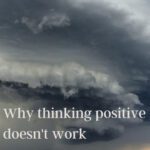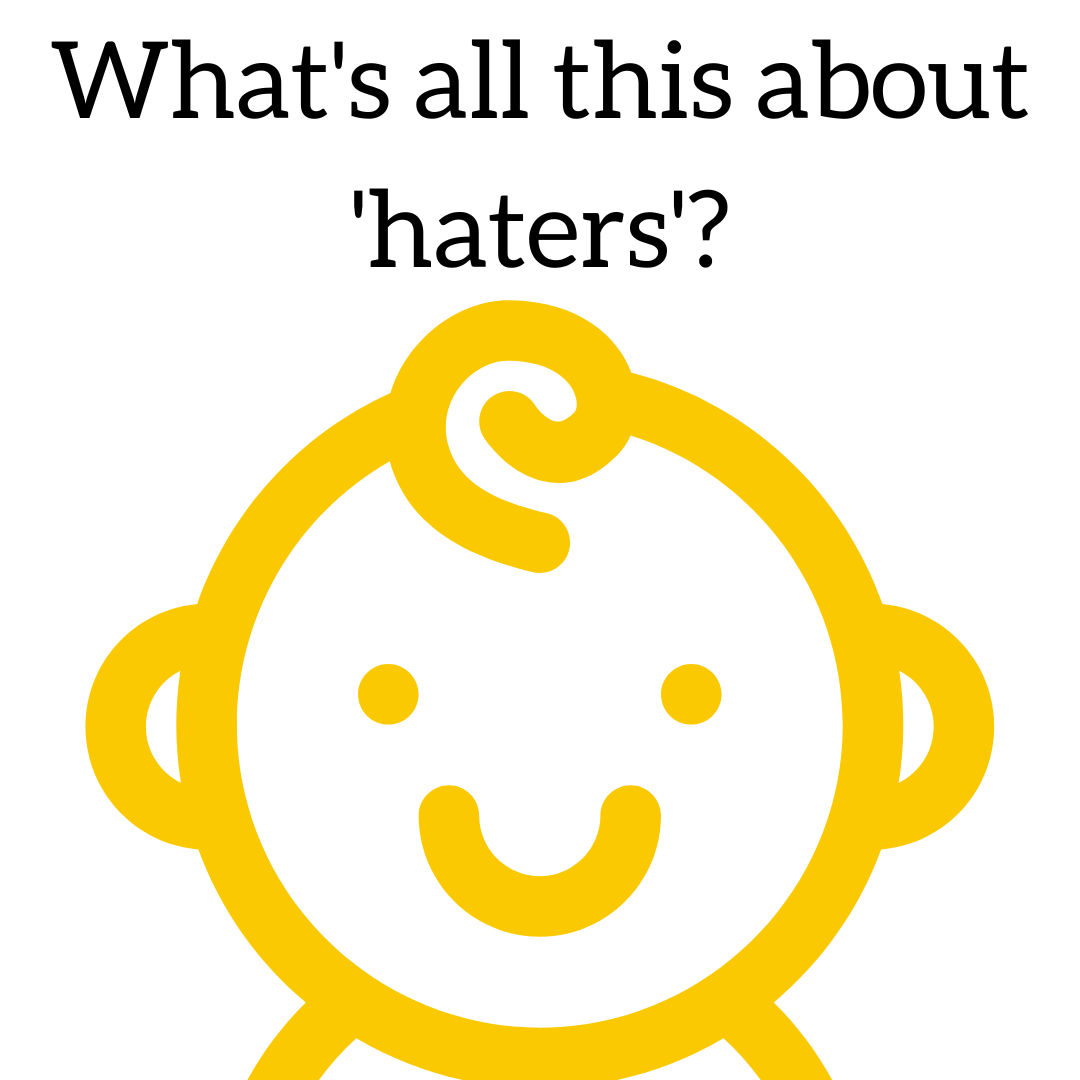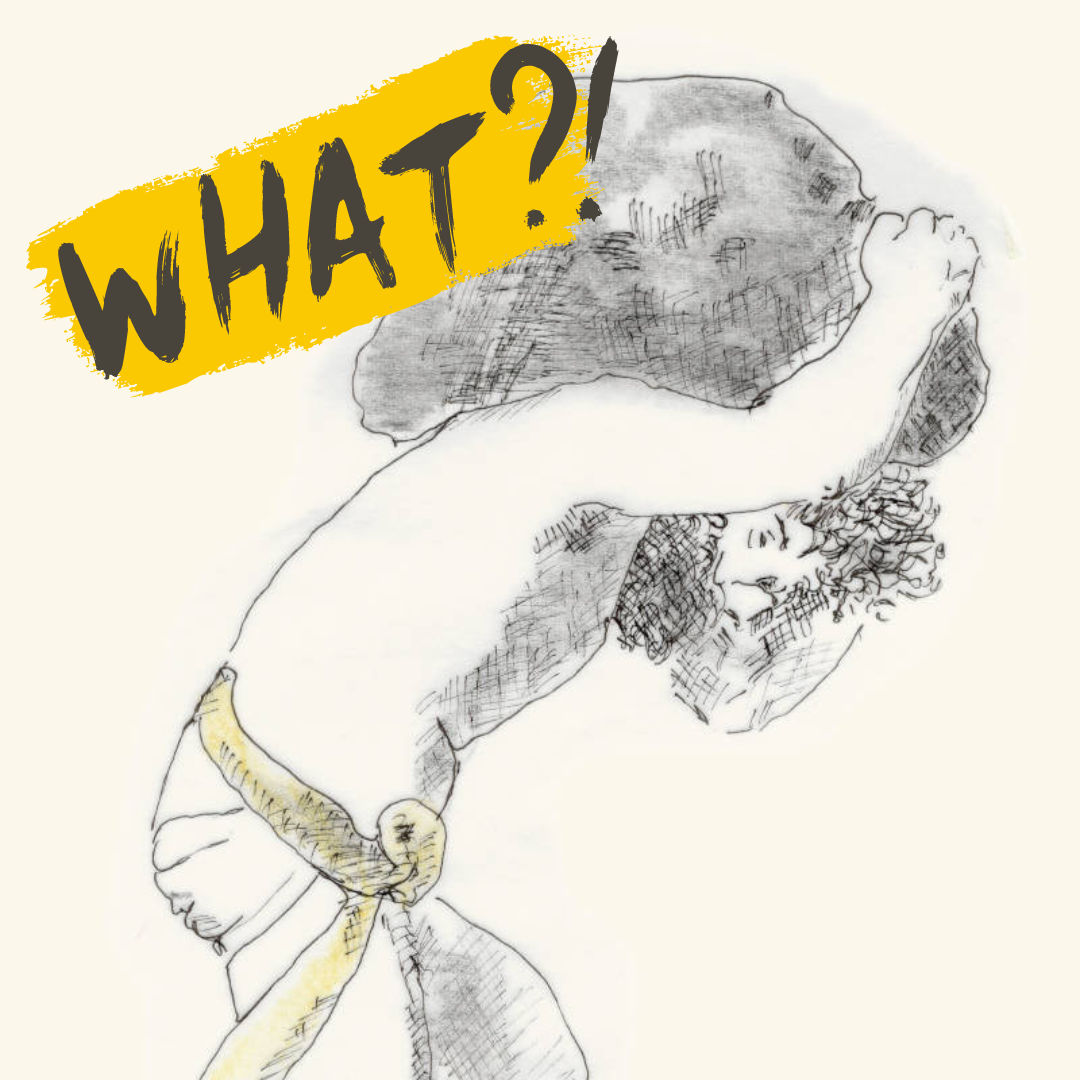
How to Be More Upbeat Without Thinking Positive
9 July 2022
Post layout Test
10 July 20224am. Awake.
Familiar fears: children (or lack of), future, money, partners, friendships.
Heart racing. Language merciless (‘How could you have …? You must …, You better …, If you don’t, then …’).
That voice inside my head is some kind of special forces’ commander, all the teachers I ever had, my ex-bosses and my parents, – all rolled into one.
Fear isn’t a thing
The theory of constructed emotion tells us that fear isn’t a thing. What I call fear might be very different from what you call fear. What we label as fear is an interpretation of a bodily state, plus,
- the situation we’re in
- the people we’re with
- our memories and personal experiences
- the language we’ve learned to describe our conscious feelings.
Neuroscientist Lisa Feldman Barrett says,
“An emotion is your brain’s creation of what your bodily sensations mean, in relation to what is going on around you in the world”
Chapter 2 endnote 9, from How Emotions are Made: The Secret Life of the Brain .
Stress hormone
When you look at the chart below, you see that cortisol levels start to rise at around 3am and reach a peak at normal waking up time. Cortisol is a stress hormone and when it’s rampaging through your body, you will feel … stressed.
When you have cortisol goggles on, life will look terrifying, and normal events will look like catastrophes.
How to go back to sleep
This is what worked, to send me nodding off into that special form of paradise we call sleep.
➙ Knowing that the fears are coming from my bodily state – bathing in cortisol soup means my mind will be looking for reasons for cortisol to be rising, and it will have no trouble finding a few topics to fit.
➙ And my racing heart racing and tense jaw are adding to the effect.
But it’s not just this that is producing the emotion. As Lisa says, it’s also what has happened and is happening.
➙ In this physical state, my mind will be misreading data and creating wild, exaggerated meanings. It will claim definitive knowledge of who I am, and my ability to survive – for me and my loved ones to stay alive, and be accepted into the social groups we want to be part of.
A compelling fiction
I first heard the idea that mind could misread data from Jon Connelly, who founded Rapid Resolution Therapy (RRT).
It seemed oddly technical and strange. But it is what we call being alive. We perceive the sun as setting and the sky as blue. In our subjective experience, mind misreadings include making up meanings after the fact, and adding good/bad judgements to all that is happening.
It’s more accurate to say that your mind does not, and cannot know why you did anything, nor does it know what is going to happen in the future.
This mental theatre of meanings and predictions might be very compelling, but it’s fiction.
What also helps
These ideas are also from RRT and they’re unusual and helpful.
➙ Seeing all of this – from the body sensations to the mental images – as unnecessary strength; a clenched jaw is ready to bite and racing heart is ready to run – see Fear isn’t Weakness, it’s Unnecessary Strength.
➙ Knowing that none of this is any use at all in solving the problems I am facing. Fear is worse than useless when it comes to making life better for you and those around you; see Some People Say That Fear Keeps Them Safe.)
After this, I was laughing.
Also a little weird, but a lot more useful.
This is the Rapid Resolution Therapy (RRT) way of looking at things. It is not presented as ‘The Truth’, but I have seen how transformative the process is, and how it frees people from troubling thoughts, painful feelings and general misery.
It isn’t intended as a self-help technique, but applying these concepts is interesting and liberating – it makes life better – and I’ve heard the same from other practitioners.



